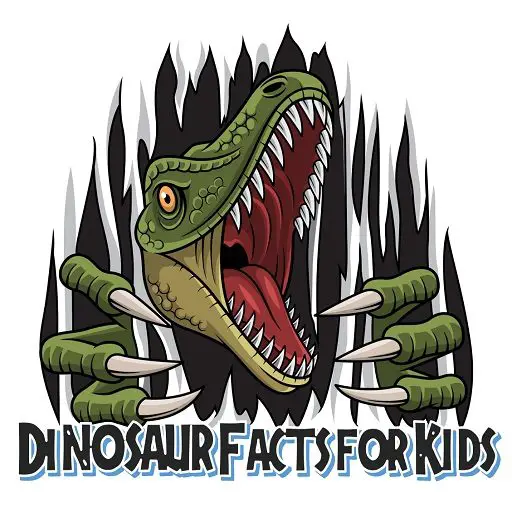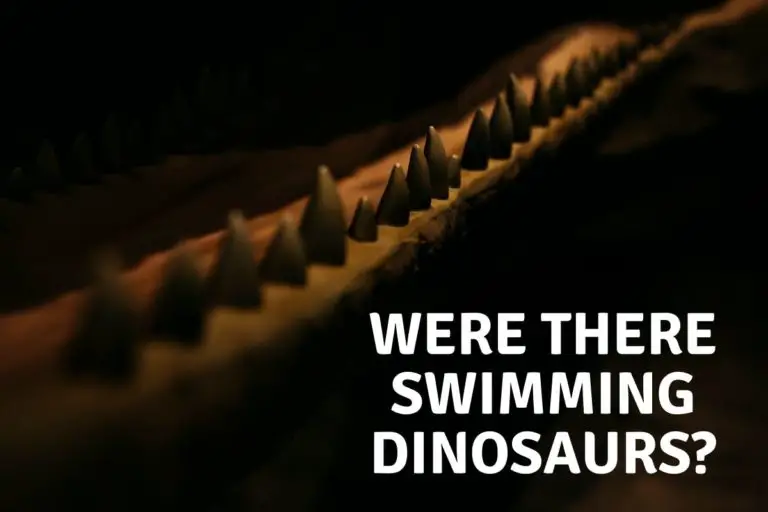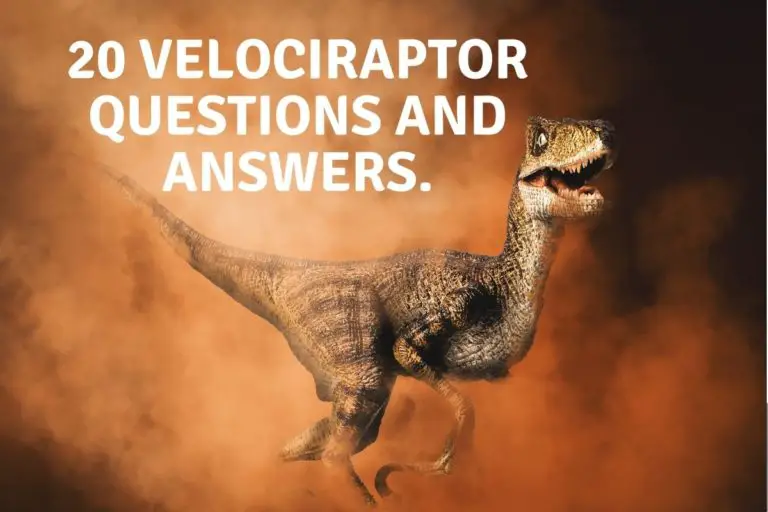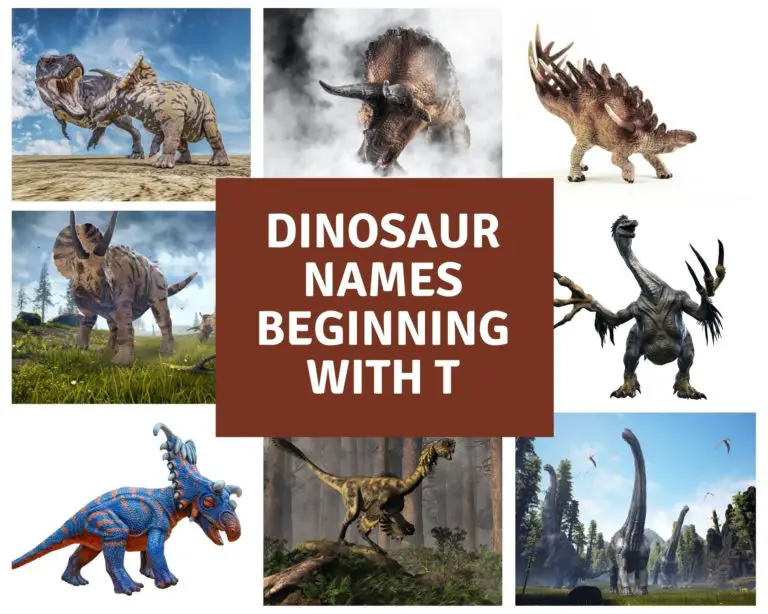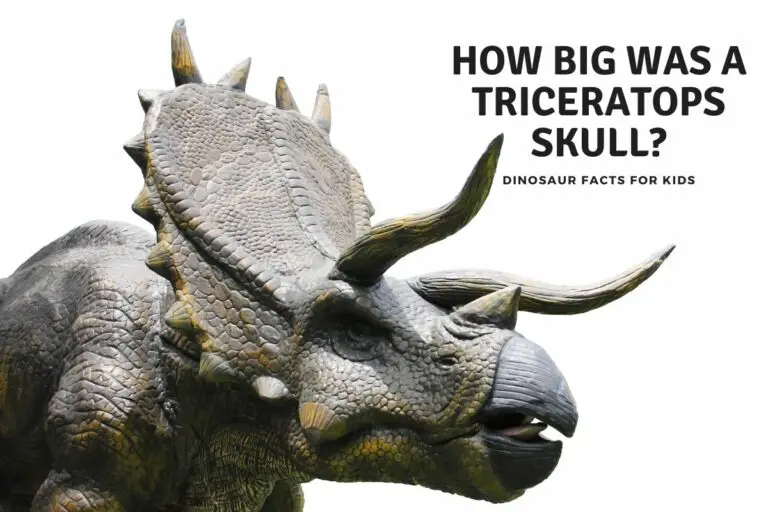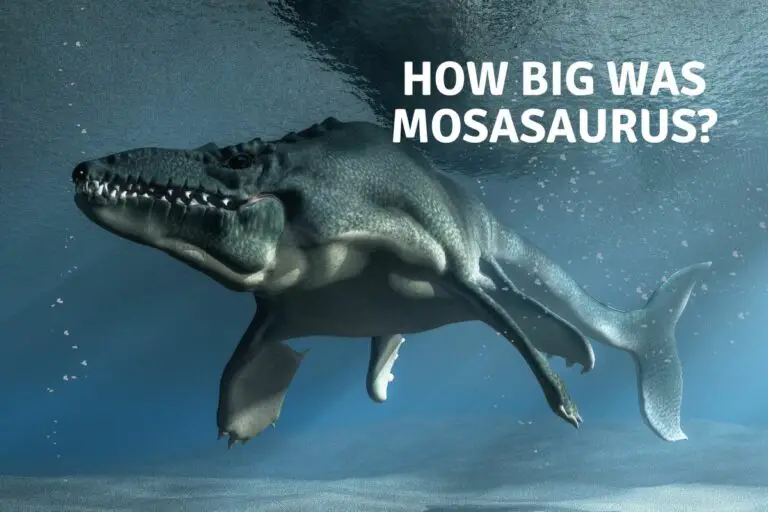What Was the Bite Force of the Megalodon?
You may think that you’re afraid of the great white shark, but around 20 million years ago there was another apex predator in the oceans that could easily put the great white in its place. It was called the Megalodon, and it was a gargantuan shark that dominated the oceans for well over 10 million years before finally going extinct around 3-5 million years ago.
The Megalodon’s massive jaws had an incredibly strong bite force of around 40,000 psi. This is based on scientific estimates using fossil evidence. This powerful bite was used to hunt large marine life like baleen whales and marine reptiles.
Given the fearsome size and fossilized teeth and other remains that have been found over the years, there has been much speculation on how the Megalodon lived. One question in particular surrounds the bite force of this apparently ferocious monster. This will be the focus of this article.
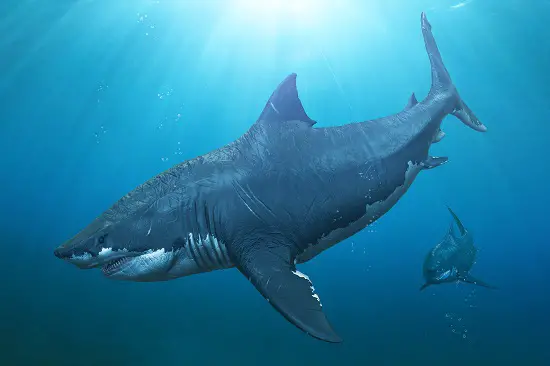
What Was the Bite Force of the Megalodon?
With out a doubt, the most noticeable and frightening part of all Megalodon remains discovered to date are the enormous jaws. The Megalodon’s jaw was lined with some 275 or more teeth, and scientists presently believe that it may have had the most powerful bite force of any predator in history. Estimates currently sit at around 40,000 pounds per square inch (psi).
That’s a big number, but what does it really mean? Read on to the next section where we will put that bite force into some perspective.
How Does This Bite Force Compare to Other Predators?
Is 40,000-psi really a big number when it comes to bite force? The very short answer is “Yes.” For comparison, let’s look at our own bite force as humans. The top bite force in a human has been measured at around 140-160 psi, which is pretty feeble in comparison.
It’s even feeble in comparison to other predators that are much more bitey than humans, but which still pale in comparison to the Megalodon.
Take the aforementioned great white shark, for instance, for which scientists predict that maximum bite force is somewhere around 4,000-psi. That means that the Megalodon had a bite that was potentially up to 10 times more powerful than a great white shark.
How about other land and water predators? How do they compare to the Megalodon? The fact is that the great white shark is currently what we understand to have the strongest bite force, but some other animals are very impressive:
| Animal | Bite force |
| Saltwater Crocodile | 3,700-psi |
| Nile Crocodile | 3,000-psi |
| Hippopotamus | 1,800-psi |
| Gorilla | 1,300-psi |
| Grizzly Bear | 975-psi |
Let’s say you were once bitten by a human with the strongest bite force on record — about 160-psi — and now imagine you were bitten by a Megalodon, or any one of the predators in the list above.
At the very least, you’re looking at an experience probably 6 times more nightmarish than the agony you’d experienced being bitten by the crazy person with 160-psi for a bite force, and that number only climbs from there.
Now the table above has all modern day animals, so how did Megalodon’s bite force stack up against some of the other biggest mouths in history, we take a look at it compared with some prehistoric crocodiles and some dinosaurs below. No prizes for guessing which ones we picked!
| Species | Estimated Bite Force (psi) |
|---|---|
| Megalodon | 40,000 |
| Tyrannosaurus rex | 8,000-12,000 |
| Deinosuchus | 11,000-23,000 |
| Allosaurus | 2,000-4,000 |
| Giganotosaurus | 4,500-6,000 |
| Spinosaurus | 2,000-3,000 |
Please note that these values are estimations based on scientific studies and may vary depending on the source.
So even taking into account dinosaur sized mouths and jaws there is nothing or has been nothing that compares to a megalodons bite force, but then not many other animals ever felt the need to try to make a super sized whale their dinner!
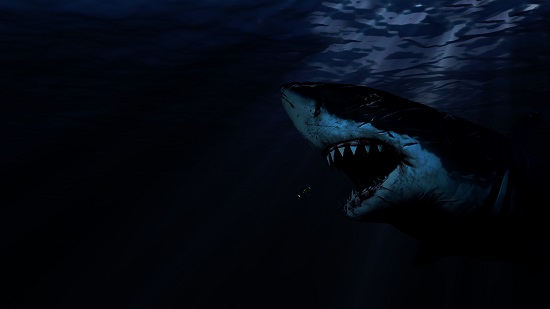
Megalodon’s Anatomy:
The Megalodon was an immense shark, with females reaching up to 59 feet in length and males slightly smaller at around 42 feet. Estimates suggest the Megalodon could weigh between 50-70 tons. Its body was similar to the modern great white shark, or more recently suggested a Mako shark with a streamlined shape for efficient swimming.
The Megalodon’s jaw was massive and could open to an estimated 6-7 feet wide, allowing it to capture large prey. Each serrated tooth measured up to 5.1 inches (13 cm) with really large teeth all the ay up to 7 inches. we own a 5 and a half inch tooth here. ( see the image below) and was designed to tear through flesh and bone.
Although often compared with a Great white shark, and if fact most portrayals in the media suggesting it looked like a scaled up version it is not thought to have been more related to the Mako shark.
This would have made it less bulky and a little faster.
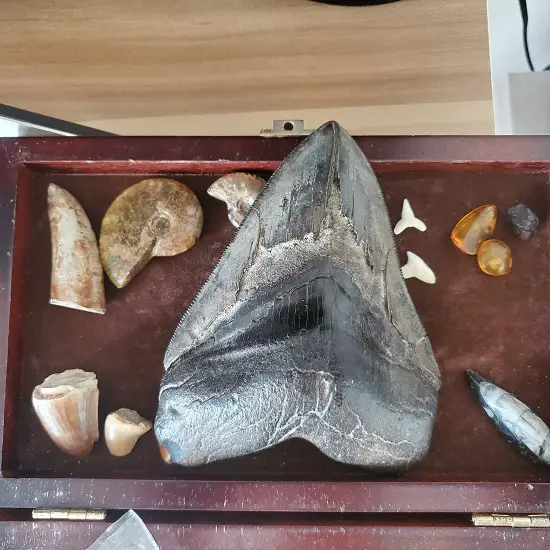
What Did the Megalodon Eat?
With its massive bite force, it’s easy to imagine that the Megalodon could simply chomp through just about anything that was cohabiting the ocean with it, right? The larger female Megalodon would grow up to 59 feet in length, with each serrated tooth measuring up to 5.1 inches or so (13cm). Now picture row upon row of these teeth numbering around 275-276, and you would rightly imagine them chomping down on whales, other sharks and similar marine life.
It’s perfectly reasonable to assume that Megalodon ate just about any meaty creature it could hunt, from as small as a dolphin to as large as a humpback whale. The Megalodon was what we call an apex predator, meaning that nothing hunted it, while everything else was below it in the food chain. The name “Megalodon” actually translates to “Long Tooth” — an apt nomenclature if there ever was one!
Feeding Habits and Hunting Strategies:
Megalodon’s diet primarily consisted of large marine mammals, such as whales, dolphins, and sea turtles. Fossil evidence suggests Megalodon employed ambush hunting strategies, similar to modern great white sharks.
It likely targeted vital areas like the prey’s fins and tail to immobilize them, then finished them off with powerful bites to the head and torso. The Megalodon’s size, speed, and power enabled it to take on large prey including whales
Why Did Megalodon Go Extinct?
One further burning question for many is why the Megalodon went extinct in the first place. How could such a powerful, fearsome apex predator fall by the wayside? Scientists have deduced that the Megalodon species disappeared around the end of the Pliocene, which ended around 2.6 million years ago. We have n article that covers why the megalodon doesn’t live today this on the link here and below.
During the Pliocene, the planet endured a period of prolonged cooling, during which time many creatures at the lower end of the food chain perished, which left less food for the larger predators at the top.
Perhaps unable to compete with faster, more nimble predators, the larger and more lumbering Megalodon may well have been unable to sustain its population in these cooler waters, eventually dying out.
Scientists remain unsure as to when exactly it was that the last Megalodon died, but they estimate that it was around 3.6 millions years ago, according to the latest evidence they have.
Believe it or not, Megalodon remains are among the most common of fossilized remains, and not just because the creature was so large and relatively recent (compared to dinosaurs, at least). The fact is that the Megalodon didn’t just look like a huge great white shark, it shared other traits as well, such as the constant shedding of its teeth to replace it with new ones.
This means that the ocean floors of just about every continental shelf — except for Antarctica — has fossilized Megalodon teeth, and they have subsequently been discovered all over the world in great numbers.
This abundance of remains has helped scientists to form a strong picture of this amazing predator and how it lived.
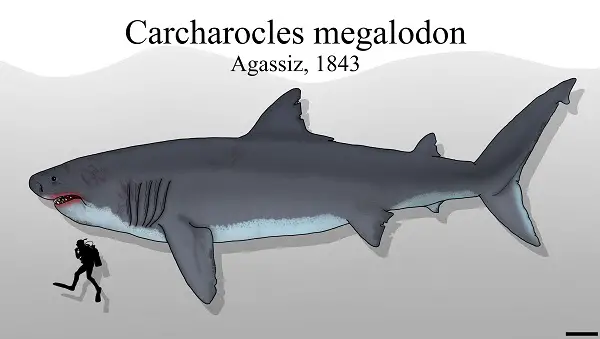
Megalodon in Popular Culture:
The Megalodon has captured the public’s imagination, appearing in various movies, books, and TV shows. The most famous example is the 2018 film “The Meg,” starring Jason Statham, in which a massive Megalodon is discovered in the depths of the ocean and goes on to terrorize everyone it comes into contact with.
While the film is entertaining, it doesn’t accurately portray the Megalodon’s size and behavior. We will be certainly looking at the new movie Meg 2: The trench when it comes out though as (we have no idea for sure) it may also have Kronosaurus in it. A plesiosaur and a Megalodon in the same movie! – take my money! We will also cover some articles on the Kronosaurus just in case it does appear as well.
Documentaries like Discovery Channel’s “Megalodon: The Monster Shark Lives” have also generated interest, but some have been criticized for spreading misinformation or presenting speculative scenarios as fact.
In literature, the Megalodon has appeared in novels such as Steve Alten’s “MEG” series, which inspired the movie “The Meg.” These fictional portrayals often exaggerate the Megalodon’s abilities, perpetuating myths and misconceptions about this prehistoric predator.
We haven’t read these though I did put them on the Kindle – just didn’t think it was a good idea to read them on the last beach holiday!
We have more megalodon related content on the site you can take a look at the list below and see if anything bites you!
- What was the bite force of a Megalodon
- Best Megalodon Movies
- Are Megalodon alive today?
- Where to find Megalodon teeth
- Megalodon Vs. Blue Whale
- How Big was Kronosaurus
- How Big was Mosasaurus
Conclusion
The Megalodon was a fearsome apex predator that roamed the oceans around 20 million years ago, dominating for over 10 million years. With a jaw lined with approximately 275 teeth, this prehistoric giant is estimated to have had a bite force of around 40,000 psi, making it the most powerful of any known predator.
For comparison, the great white shark’s bite force is approximately 4,000 psi, while a human’s is only around 140-160 psi.
Megalodon’s massive bite force allowed it to feast on a wide range of marine creatures, from dolphins to humpback whales and as bites go there is simply zero competition, even from dinosaurs.
References
- https://a-z-animals.com/blog/megalodons-bite-force-how-does-it-compare-to-a-great-white/
- https://www.science.org/content/article/could-meg-really-bite-ship-half-we-took-paleobiologist-new-movie-find-out
- https://www.nhm.ac.uk/discover/megalodon–the-truth-about-the-largest-shark-that-ever-lived.html
- https://oceanconservancy.org/blog/2020/08/24/7-mega-wild-facts-megalodon/#:~:text=With%20a%20jaw%20estimated%20to,Still%20not%20convinced%3F
Hi, I am Roy Ford a General Studies and English Teacher who has taught all over the world. What started as a fossil collection became a great way to teach, motivate and inspire students of all ages and all over the world about dinosaurs and from that and children’s love of dinosaurs came the site dinosaur facts for kids, a resource for all ages.
